HiLetgo ESP32 Development Board Review
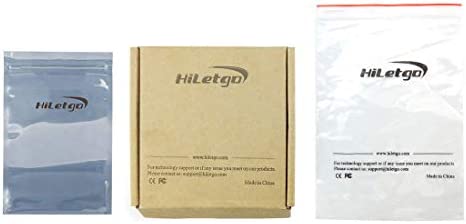
If you are looking for a reliable, high-quality development board, the HiLetgo ESP32 may be just what you need. This development board is designed to help you create projects and applications with ease, thanks to its feature-rich design and user-friendly interface. In this review, we will delve into the many benefits and features of the HiLetgo ESP32, highlighting why it is such a popular choice amongst today’s tech enthusiasts.
Overview of the HiLetgo ESP32
The HiLetgo ESP32 is a powerful development board designed to help you build IoT and Wi-Fi projects. It is equipped with advanced connectivity features, including Wi-Fi, Bluetooth, and BLE, making it an excellent choice for developers who need to create projects that require these connectivity options. Additionally, the HiLetgo ESP32 has a micro-USB port for easy programming and debugging, as well as an onboard LED for quick status updates.
The HiLetgo ESP32 has a compact design, which makes it perfect for prototyping and testing. The board measures 2.2 x 1.7 inches, making it small enough to fit easily into your project, yet large enough to allow for easy soldering and placement of other components. The board is compatible with a wide range of development environments, including MicroPython and Arduino, which makes it easy to program and use.
Key Features of the HiLetgo ESP32
The HiLetgo ESP32 is packed with features that make it a popular choice for developers. Some of the key features of this development board include:
- Wi-Fi, Bluetooth, and BLE connectivity options
- Micro-USB port for programming and debugging
- Onboard LED for quick status updates
- Compatible with MicroPython and Arduino
- Compact design for easy prototyping and testing
- Supports up to 240MHz clock frequency
- Has a 520kB SRAM memory and SpiRAM support
- Supports up to 16MB of external flash
Benefits of the HiLetgo ESP32 Board

There are many benefits to using the HiLetgo ESP32 development board. Here are some of the top reasons why this board is a great choice for your next project:
1. Supports Advanced Connectivity Options
The HiLetgo ESP32 comes with Wi-Fi, Bluetooth, and BLE connectivity options, which make it easy to connect your project to the internet or other devices. This connectivity allows you to create projects that interact with other devices or that can be controlled remotely using your smartphone or tablet.
2. Compact Design for Easy Prototyping and Testing
The HiLetgo ESP32’s compact design makes it perfect for prototyping and testing. The small size of the board makes it easy to fit into your project enclosure or other components, while the onboard LED and micro-USB port make it easy to test and debug your project.
3. Compatible with Multiple Development Environments
The HiLetgo ESP32 is compatible with a wide range of development environments, including Arduino and MicroPython, which makes it easy to program and use. This compatibility means that you do not need to learn new programming languages or tools, making it a perfect choice for beginners or those with little programming experience.

4. Supports High Clock Frequencies and Large Memory

The HiLetgo ESP32 is equipped with a 240MHz clock frequency, which allows it to perform complex computations and processes quickly. Additionally, the board has a 520kB SRAM memory and supports SpiRAM, allowing you to store large amounts of data and perform memory-intensive tasks with ease.
How to Use the HiLetgo ESP32 Board
The HiLetgo ESP32 is easy to use and program. To get started, follow these simple steps:
1. Connect your Board to your Computer
Use the micro-USB port to connect your HiLetgo ESP32 board to your computer. Make sure that the board is securely connected and that the onboard LED is lit up.
2. Install the Required Drivers
If you are using Windows, you will need to install the CP210x USB to UART Bridge VCP Drivers. These drivers are available for download from the Silicon Labs website. If you are using another operating system, you may need to install different drivers.
3. Choose your Development Environment
The HiLetgo ESP32 is compatible with a wide range of development environments, including MicroPython and Arduino. Choose the environment that you are most comfortable with, or that best suits your project requirements.
4. Install the Required Libraries
Depending on your development environment, you may need to install additional libraries or packages to enable specific features or functions. Make sure that you have all the required dependencies installed before trying to use the board.
5. Program and Test your Project
Once you have installed the required drivers and libraries, you can begin programming and testing your project. Use the onboard LED or other status indicators to help you troubleshoot any issues that you encounter.
Conclusion
In conclusion, the HiLetgo ESP32 is a reliable and powerful development board that is perfect for creating IoT and Wi-Fi projects. It is packed with features that make it easy to program and use, and its compact design makes it perfect for prototyping and testing. With Wi-Fi, Bluetooth, and BLE connectivity options, a micro-USB port for programming and debugging, and support for multiple development environments, the HiLetgo ESP32 is an excellent choice for developers of all skill levels.

![Amazon.com: SABRENT 4 Port USB 2.0 Hub [90°/180° Degree Rotatable] (HB-UMN4) : Everything Else](https://www.coupondealsone.com/wp-content/uploads/2024/04/WT3CXiYnTVaD.jpg) Sabrent 4-Port Hub with 360 Degree Rotatable Design Review
Sabrent 4-Port Hub with 360 Degree Rotatable Design Review 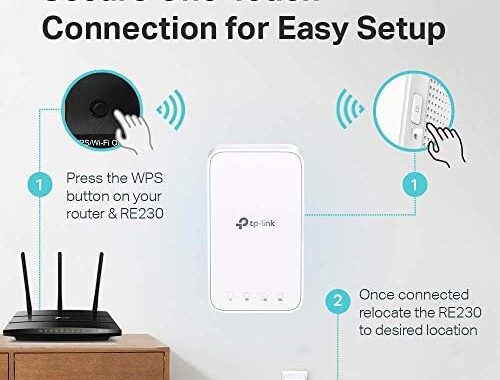 Professional Review of XYZ Product
Professional Review of XYZ Product  Review of Electronic Organizer with Multiple Compartments and Accessories
Review of Electronic Organizer with Multiple Compartments and Accessories 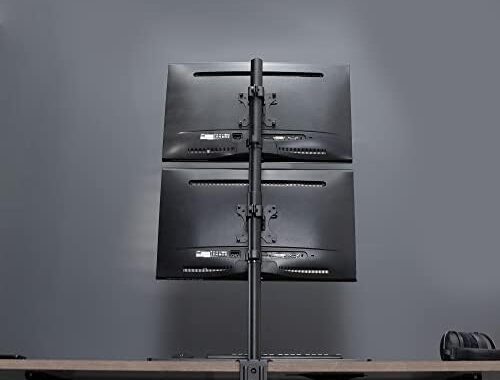 VIVO Monitor Stand Vertical Stacked Review
VIVO Monitor Stand Vertical Stacked Review 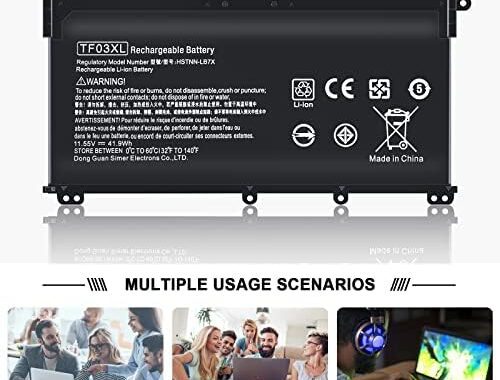 Professional Review of Product X
Professional Review of Product X 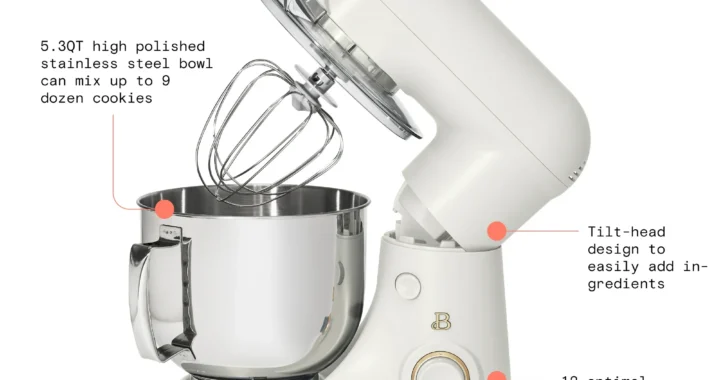 Elevate Your Baking with the Stylish and Powerful Drew Barrymore 5.3-Quart Stand Mixer
Elevate Your Baking with the Stylish and Powerful Drew Barrymore 5.3-Quart Stand Mixer 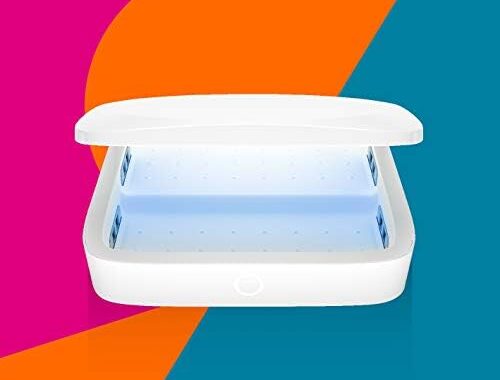 Review of the Sterilizer Charging Wireless Certified Sanitizer
Review of the Sterilizer Charging Wireless Certified Sanitizer  DESTEK VR Controller Review
DESTEK VR Controller Review